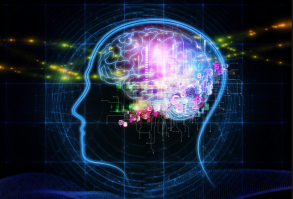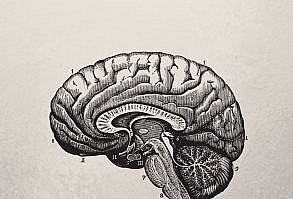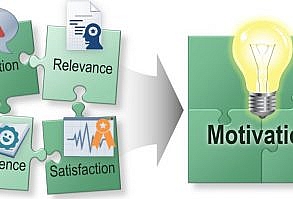Situated learning refers to the fact that context is of great importance in learning and teaching. When learners are familiar with the context, they can better understand new information and make connections to prior experiences. Similarly, when a suitable schema is not engaged, learners have trouble understanding the learning contents and are compelled to remember or learn by rote. That is why; it could be said that learners cannot apply what they know to the field.
Situated learning also combines declarative knowledge indicating what we know with procedural knowledge indicating knowing how to apply knowledge. “Knowing and Doing”, thus, could not be disparted from each other. This shows an integrated single framework, which is in line with the thoughts of many leading theorists including Vygotsky, Dewey, and Wenger who also underlined the significance of context in learning. This is also highly related to the notion of cognition which is regarded as social and situated activity.
The theory of situated learning assumes that every individual’s thinking is suited to the situated context since what individuals see, how they think and perform grow together in a socially constructed environment.
Students learn information by observation and practice, therefore establishing themselves as “cognitive apprentices” within society. The process of interaction cannot take place in an abstract manner. The notion of situated cognition highlights the importance of cognitive apprentices learning from experienced people. In their article Situated Learning: Legitimate Peripheral Participation, Lave and Wenger examined how apprentices develop into trusted community members. Apprentices acquire information via encounters with subject-matter experts. Situated learning exposes students to real-world problem-solving situations.
This implies that while developing instruction, one should have the following in mind:
- The most effective learning happends when students are faced with a problem that needs to be solved through critical thinking. The problems should come out of real life and pertinent to the scenario.
- Teachers should serve as a role model rather than lecturing. In addition, they should structure the material into digestible portions to aid learners in problem solving.
- Reflection, debate, assessment should all be encouraged in the learning environment. Students should take an active role despite the dominance of group work.
- A course’s “content” is not discrete bundles of material presented by the teacher, but rather the information gained via contextual and real-world activities.
Facilitating meaningful relationships is not always easy. Recently, technology has emerged as a helpful tool for aiding with situational learning. Numerous examples of potential contextual cognitive tasks are available online, including case studies and Web-based stimuli. These, however, cannot take the place of significant, real-world experiences. The following are some examples of activities to create a situated learning environment:
- Cooperative internship program which necessitates learners to be engaged in the field
- Excursions that allow learners to see the work in the field
- Research labs that help learners to make experimentations to simulate real activities
- Physical or musical exercises that replicate real-world scenarios
As shown by these instances, contextual learning happens “in the situation.” The pupils are tackling difficulties that arise in real life. The activity’s setting and culture are just as significant as the experience itself. Students construct knowledge based on their present perception of the circumstance, which is greatly influenced by society.
Situational vs traditional learning
Situational cognition proposing context-dependent learning is truly opposed to conventional learning suggesting learning through abstract experiences (e.g. books). Conventional classes entirely focus on the student-instructor connection. Situational learning puts a premium on connections and interactions with people as a means of acquiring knowledge. Students acquire information through drawing links to past knowledge. situational learning serves to build an individual’s function within a larger community. As a student develops expertise in a particular subject, they have the ability to cooperate with others and take a more active position in their society. They are then able to share their knowledge with one another, and the cycle continues.
Situated learning is strongly dependent on collaborative activities. Students collaborate and share their ideas with their peers. Each individual will contribute distinct past knowledge to the scenario and will be encouraged to question others’ perspectives. All skills and exercises will be applicable to real-world problems encountered in the community.
Please feel free to contact me if you need any further information.





